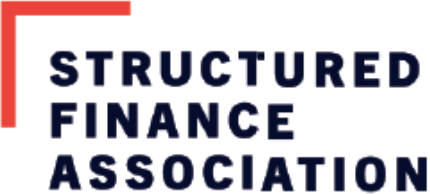PTAP/C19: Ginnie Mae’s “Last Resort” Financing Option for Mortgage Servicers
Provided by SFA
By: Dallin Merrill
On Monday, April 7, Ginnie Mae recently announced that in an effort to provide liquidity to the servicers (also referred to as “issuers” in the Ginnie Mae program) servicing loans in its securities, it would create a liquidity facility of last resort. On Friday, April 10, Ginnie Mae released an All Participant Memorandum (AP 20-03) that provides additional details on its Pass Through Assistance Program (“PTAP”). Ginnie Mae has implemented PTAP previously, but this version of the program has particular elements that are responsive to the COVID-19 pandemic and the economic hardships faced by both borrowers and Ginnie Mae Servicers.
In a recent series of posts (available here and here) on the subject, attorneys at Mayer Brown first outlined the initial contours of the PTAP COVID-19 (“PTAP/C19”) program, and then analyzed how the program will work, its terms and conditions, the limitations of the program, and the safeguards to prevent misuse of the program for its intended purposes. It should be noted that despite ongoing calls for a widely-available Federal facility that can provide GSE, Agency, and PLS servicers with liquidity in order to implement mandated mortgage forbearance options for borrowers, Ginnie Mae ‘s PTAP/C19 is the first—and to date, only—Federal liquidity facility for mortgage servicers.
The PTAP/C19 facility is intended as a “last resort” for servicers facing liquidity constraints, and servicers will need to attest that they have exhausted all other avenues of obtaining financing on commercially reasonable terms. Failure to so attest, or a misrepresentation of the attestation, may result in liability under the False Claims Act. Unlike issuers who used previous iterations of PTAP, issuers who utilize PTAP/C19 will not be in technical default under their Guaranty Agreements with Ginnie Mae. PTAP/C19 also has a longer maturity (seven months or the end of July 2021, whichever is earlier, versus 90 days for the existing PTAP) and comes with significant restrictions on executive compensation and distributions while any servicing draws remain outstanding. Additionally, the draws must be substantially related to advancing principal and interest (and would not include advancing taxes or insurance, for example), and must be directly related to COVID-19 forbearances, though it is unclear how an issuer would demonstrate fulfillment of that requirement.
While the seven-month repayment period is longer than the previous version of PTAP, the CARES Act provides borrowers up to twelve months of forbearance, meaning that a servicer for a borrower who avails themselves of the full 360-day forbearance period would be unable to utilize PTAP/C19 to advance the last five months of that forbearance. Additionally, as Ginnie Mae is at the vanguard of Federal regulators implementing liquidity programs, it is unclear whether or how their characterization of delinquency reporting will impact other mortgage market participants. For instance, treating COVID-19 delinquencies as an event of default or as a trigger for other reporting purposes could have significant downstream effects for Ginnie Issuer eligibility, as well as for reporting operations in the GSE and PLS segments of the market. In the meantime, industry participants can take some measure of comfort in the guidance and direction provided by Ginnie Mae.
To read the full analysis by Mayer Brown, click here and here.
For further questions on SFA’s engagement and efforts on COVID-19 as it relates to mortgages, please contact Dallin.Merrill@StructuredFinance.org or Jen.Earyes@StructuredFinance.org

